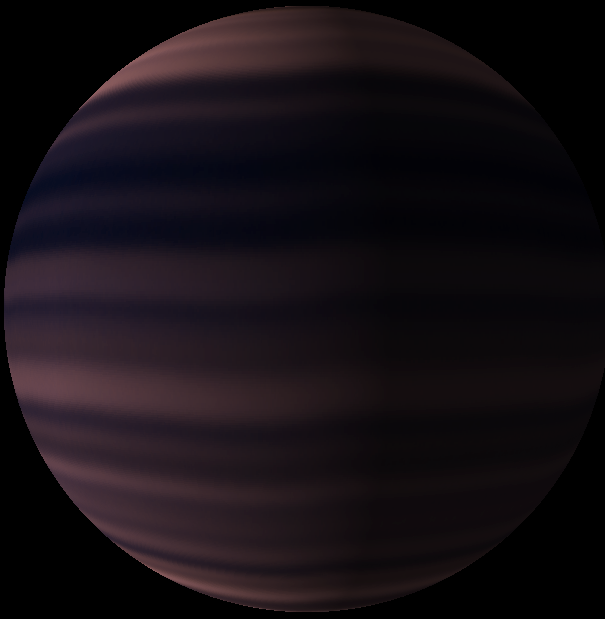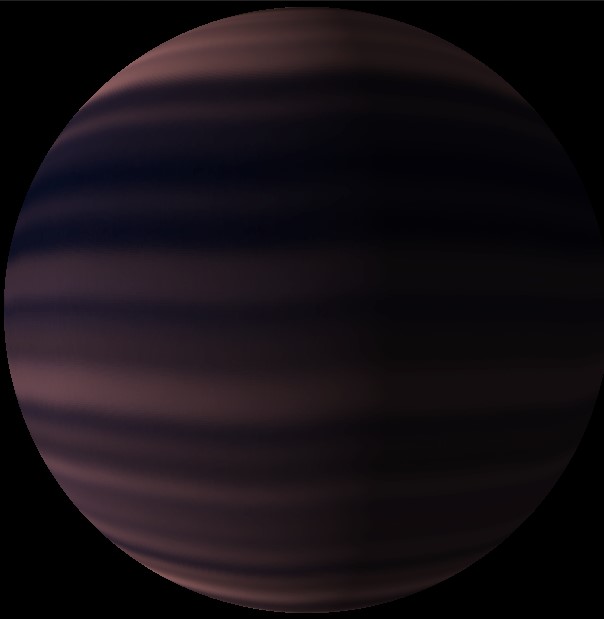
<Imaginary image of Beta Pictoris b>
Beta Pictoris b is located in the Pictoris constellation about 63 light-years from Earth. It orbits the star Beta Pictoris at 13.18 astronomical units.
The planet is about 1.65 times the size and 7 times the mass of Jupiter, it was discovered by direct imaging using European Southern Observatory’s Very Large Telescope.
Beta Pictoris b was discovered by using the Doppler effect on its rotation. As the planet moves further away from the observer, the wavelength of light becomes longer, and as the planet moves closer, the wavelengths become shorter.
Observing this change in wavelength (Doppler shift), we know that Beta Pictoris’ rotation cycle is about 8 hours, and its speed is around 100,000km/hr.
In comparison, Earth’s rotation speed is 1,700km/hr, and Jupiter’s is 47,000km/hr, which is the fastest in the solar system.
Because the planets in Beta Pictoris b’s solar system all tend to be this fast, it is implied that the relationship of speed and mass for this planet could be universal.
Beta Pictoris is a young star at only around 20 million years old, there is a debris disk around the star at about 1000 astronomical units, leading scientists to believe the system is still in progress.
Taking into consideration the passage of time and the planet’s contractions due to cold, the rotation is expected to be very fast.
Also, the planetary systems have 493 exo-comets that were discovered by a research team in France, and each comet has various trajectories that are affected by the planet’s large size and gravitational field. It is thought that the comets were originally one celestial body that broke apart into two groups of comets.
One group of comets released gas and dust due to their vigorous movement, causing them to fly close to the host star, which means that any ice present would be dried up.
The other group of comets move the same way, orbiting the planet, which means they are thought to be from one celestial body that broke apart.
Beta Pictoris is a young system that is still evolving.
What could have been happening in our solar system 45 billion years ago? This is why Beta Pictoris a subject of extremely important research.
<文責:山中陽裕>
References:
http://www.eso.org/public/news/eso1414/
http://www.nature.com/nature/journal/v509/n7498/full/nature13253.html?foxtrotcallback=true
http://www.eso.org/public/news/eso1432/


